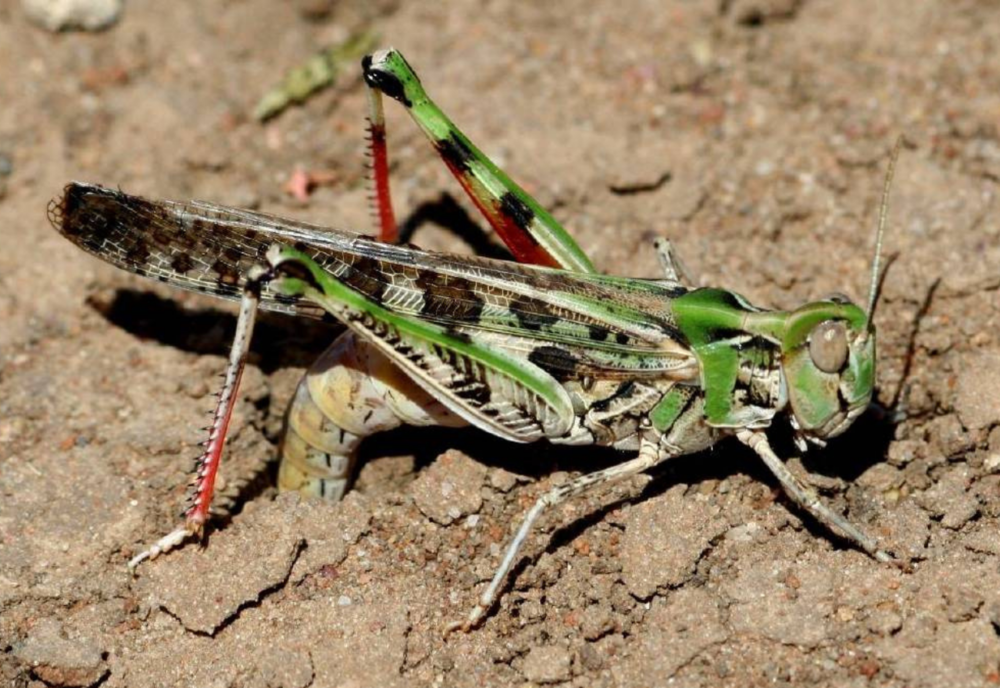Looking out for locusts
Laura Williams
20 September 2021, 9:15 PM
 Time will tell if the strong season will bring a spike in locust activity to the area.
Time will tell if the strong season will bring a spike in locust activity to the area.It’s been a year since droves of mice started overtaking our crops, our homes, and our lives. With farmers’ eyes turned sharply towards keeping the rodents at bay, could there be a blind spot to croppers’ other nemesis, locusts?
While lower levels of locusts have been reported so far this year, the North-West region is expected to see locust hatching throughout September and into October as temperatures increase. Until then, the true impact remains to be seen.
Western Local Land Services Biosecurity Officer Lee Camin says that rainfall from earlier in the year teamed with moderate weather brings an increase in chances of local locust activity.
“We need eyes on the ground, literally. We need our land holders to be reporting as soon as they see any sign of locusts,” says Ms Camin.
Prone to choosing harder red soils to lay eggs, particularly on compact roads next to crops, tree lines and farm buildings and signs of locust activity include small drill holes in the ground, where female locusts lay their eggs.

*Adults of the Australian plague locust can be readily distinguished from other species by the large dark spot on the tip of the hindwings and distinctive scarlet hindleg shanks. Adult body colour is variable and can be grey, brown or green. Adult males measure 25-30 mm long while females are 30-42 mm long. Source: www.agriculture.gov.au
In 2020, plague locusts infested parts of the Western Region as a result of the good season, after years of lying dormant through drought conditions. Following another promising season, authorities are on high alert and warning landholders to take a similar stance.
“If you just sit back and do nothing, they have potential to wipe out pastures and crops, and cause significant economic losses to the land holders and the wider agricultural industry,” Ms Camin said.
“Even smaller infestations can cause significant damage. We’ve just come off the back of a decent drought and things are ticking along okay. The last thing we want are the locusts eating off the feed we have now.”
Unwavering attention is being paid to mice activity across paddocks as harvest approaches and, after a year of widespread trapping and baiting, the shared focus seems to be paying off.
According to Ms Camin, Western NSW has seen surprisingly few cases of damage to upcoming crops.
“We’ve had a few little incidents reported, that comes back to the vigilance of the landholders. They’re putting out their chew cards to see what’s out there.”
While vigilance remains the key message, the region is yet to see many signs of activity.
Continuing through the season, Ms Camin urges landholders to take preventative measures against locusts where they can.
“The best method of controlling locusts is ground control, before they start flying. That’s the critical time-frame to get onto them.”